Features of tree pruning in spring and autumn
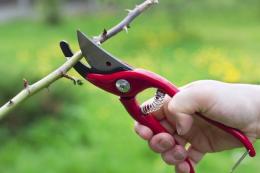
One of the most effective methods of influencing the growth, fruitfulness, lifespan of trees and the quality of their fruits is considered to be pruning trees in autumn or spring. In trees without cutting, the foliage thickens intensively, as a result of which the fruits are crushed. And, conversely, excessively strong cutting delays the time when the tree begins to bear fruit; excessively strong removal of branches, which negatively affects the maturation of the tree.
This procedure, which is performed correctly, allows you to increase productivity and correctly shape the crown of the tree so that each branch receives the amount of air and light it needs. Thanks to cutting, the tree is sanitized, which protects it from the spread of many diseases. In addition, the tree is not allowed to grow in height and width.
Content:
- Selection of convenient and safe cutting tools
- Different cutting techniques
- Different types of cutting
Selection of convenient and safe cutting tools
IN trimming kit you need to include the tools suitable for this. You will need a pruner, which should be simple and easy to use. There is no need to select pruning shears with a ratcheting device, with which you will have to press several times to cut the branch.
You also need a special hacksaw for cutting - this is a saber-shaped design that tapers towards the end of the panel. The hacksaw teeth must have special gaps that do not allow sawdust to accumulate.It is better not to resort to using a hacksaw for construction work. For cutting, you only need a special hacksaw with a special profile, as well as a blade corner for convenient work.
An air pruner is also needed. This is a tool on an elongated rod, probably telescopic, where the pruning shears are placed, which is driven by levers and a rope. Using an air pruner, you can easily remove those branches that are difficult to reach.
Necessary tools for work:
- regular pruning shears
- special hacksaw
- air pruner
It is important that the blades are distinguished by their cleanliness and sharpness. Only by using such tools can one prevent the appearance of torn, wounded coatings into which harmful microorganisms will enter. Upon completion of work, the tool must be thoroughly cleaned and wiped with an oily cloth.
In addition to these tools, you will also need a special pitcher. This is a unique ointment, which is prepared on the basis of petroleum products and has a plastic consistency at positive temperatures. This product is needed cover up wounds with a diameter of one to two centimeters. But not under all weather conditions such varnish fits perfectly on the surface of the tree. Then you can use drying oil-based oil paint instead.
Different cutting techniques
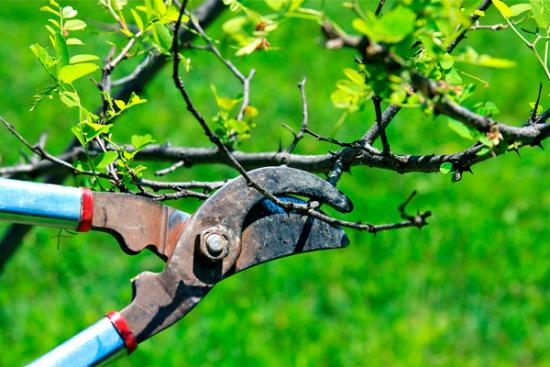
Various cutting techniques are used during pruning. The selection of specific equipment is determined by the purpose of the work.
Method No. 1 is cutting to the bud. Thanks to this type of cutting, it is possible, in particular, to change the direction of growth of the branch, setting the direction as necessary. To do this, you need to take a one-year-old growth shoot. On it, select a bud that grows in the required direction.The exact cut to the bud should be at approximately a 45-degree angle to the branch. In other cases, either a significant stump is left, or the bud is, as they say, “cut,” or the cutting angle is incorrect.
The pruner must be held so that the cutting blade faces not the part that is cut, but the part that is left. Pruning must be done at a small angle so that the bud is not damaged, but a stump does not appear above it. The perpendicular, which is drawn mentally from the base of the bud, should not end up on the cut.
If the cut is too sharp, the bud will not receive the nutrition it needs and will dry out, but it needs to be alive and sprout. A large stump left behind will also dry out, and the bud may not wake up.
Method #2 is ring cutting. There are unusual bulges of bark where the branches meet. They are called rings. Cutting must be done along the outer end of the ring.
With this type of pruning, the entire branch that is growing incorrectly, particularly inside the crown of the tree, is cut off. It takes away its nutrition, and from the point of view of the fruitfulness of the tree is completely in vain. If the thickness of the branch allows, you can trim it using pruning shears.
Method No. 3 is cutting to a branch from the side. This type of cutting is used if it is necessary to change the direction of growth from one branch to another. The one that is not needed is deleted. In relation to the branch that is left, the cut will be a kind of continuation of it. As a result, the side branch becomes the main one.
Different types of cutting
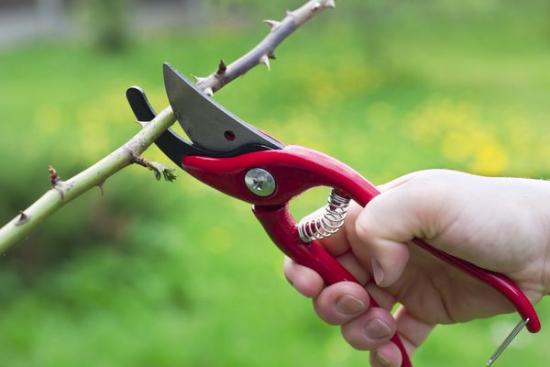
By cutting, you can achieve different goals. Accordingly, different types of cutting are distinguished.
Formative pruning helps create a crown of the desired density, as well as the shape of the tree. Thanks to it, a well-formed skeletal part becomes quite resistant to all kinds of loads. Such cutting in February makes growth more intense, and in March - April helps to slow down the entire process of regrowth.
Regulatory pruning is needed to maintain the formed crowns and helps maintain suitable light levels for the branches. It does not allow the branches to be overloaded with newly formed shoots. Such cutting is carried out in February - April, as well as in August - September.
Rejuvenating pruning allows an old tree to renew itself by stimulating the growth of new branches. If the annual growth of shoots is ten to fifteen centimeters, then it is necessary to shorten the branches to awaken dormant and adventitious buds. This is done at the beginning of autumn, as well as at the end of spring and winter.
Restorative pruning allows trees that have suffered for various reasons to regain the ability to develop and bear fruit.
Sanitary pruning necessary when dry, diseased, broken or damaged branches are noticed on the tree. This pruning can be done all year round, but not on days when it is frosty outside. After cutting off painful shoots, you need to disinfect the instrument with alcohol. When carrying out sanitary pruning, you need to take into account the size and age of the tree. Sufficiently intensive work can lead to excessive thickening of the crown.
Specific features of spring cutting
In the spring, abundant cutting, as many believe, can be carried out exclusively at a time when the movement of the forges has not yet begun.In reality, for cutting in the spring, you need to choose a moment when there is no movement of juices, but it can begin.
Why is this necessary? In order for wounds to heal faster, the wood tissue must be in a state of readiness. The periods for cutting different branches in the spring are different. Thanks to this feature, you can plan your work in advance in order to catch up before the juices flow.
If, after cutting, the wound is covered with yellowish clay, oily paint, or a special pitch mixed with cow dung, then twelve to fifteen days after the juices begin to flow, an increase in calus will occur. Cutting work should be done when it is warm and the temperature outside is minus five degrees.
Specific features of autumn cutting
Many trees do not tolerate cutting in the fall quite well. Cherry, pear or plum fruits that are pruned in the fall may simply disappear. If there is no great need, it is better to do such work in the spring.
Fall cutting can also be disastrous for trees that were recently planted. If you shorten the annual growth, freezing may occur not only at the pruning site, but also at a significant area around it. As a result, there is no need to talk about successful healing of the wound.
In the fall, it is necessary to carry out mainly sanitary cutting, since there is a long winter season ahead, which is best for the trees to meet without unnecessary damage.
A tree that is covered with wounds is unlikely to be able to winter properly. The buds that remain on the shortened branches of a newly planted tree may fail to open in the spring.Cutting in autumn can only be done at temperatures from minus five degrees.
However, this does not apply to sanitary cutting. If the tree has branches that are affected by the disease, they must be pruned immediately. You cannot wait until the disease covers the entire tree and a whole row of trees. The branches removed during such cutting must be burned.
Educational video about pruning fruit trees:
Interesting information about the vegetable garden

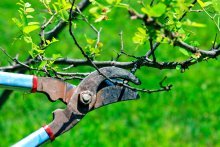
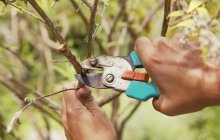
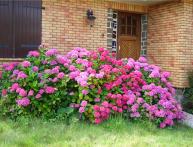
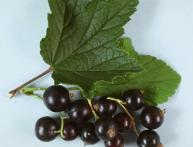
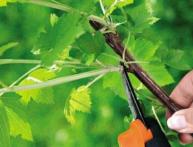
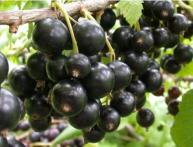
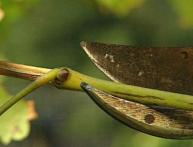

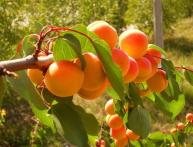
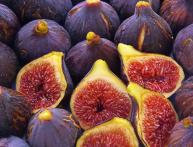
Comments
I didn’t know there were so many tree pruning techniques, as well as types. At home I cut off 3 or 5 buds. I will know how to do it, otherwise trees often stopped producing new shoots after pruning.
Thank you for the article! I'm just a beginner gardener and that's why I'm asking for advice. I want to buy a shredder like this, in this regard, the question is, if the tree is sick and I want to chop the branches, and then use them for fertilizer, can this somehow have a negative effect on the soil? Has anyone used a shredder like this, is it a reliable device?
My opinion is that the branches of a diseased tree should be burned
What kind of website is this “Technology for You”? I don’t understand if they have an office in Krasnoyarsk or only delivery there? I just need a garden vacuum cleaner, and I only found the chosen model there. But I don’t know if it’s worth buying there, have you come across this store before?